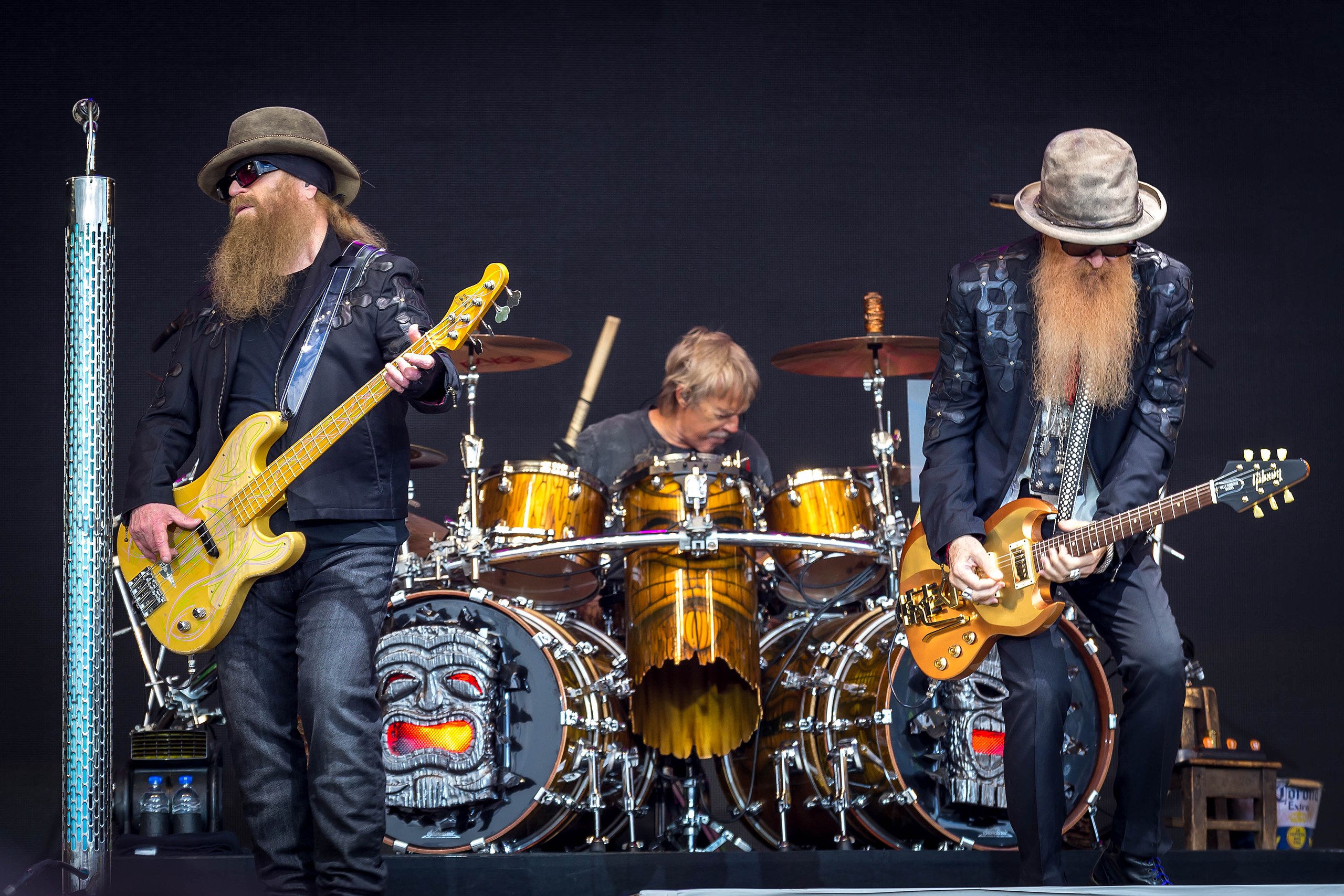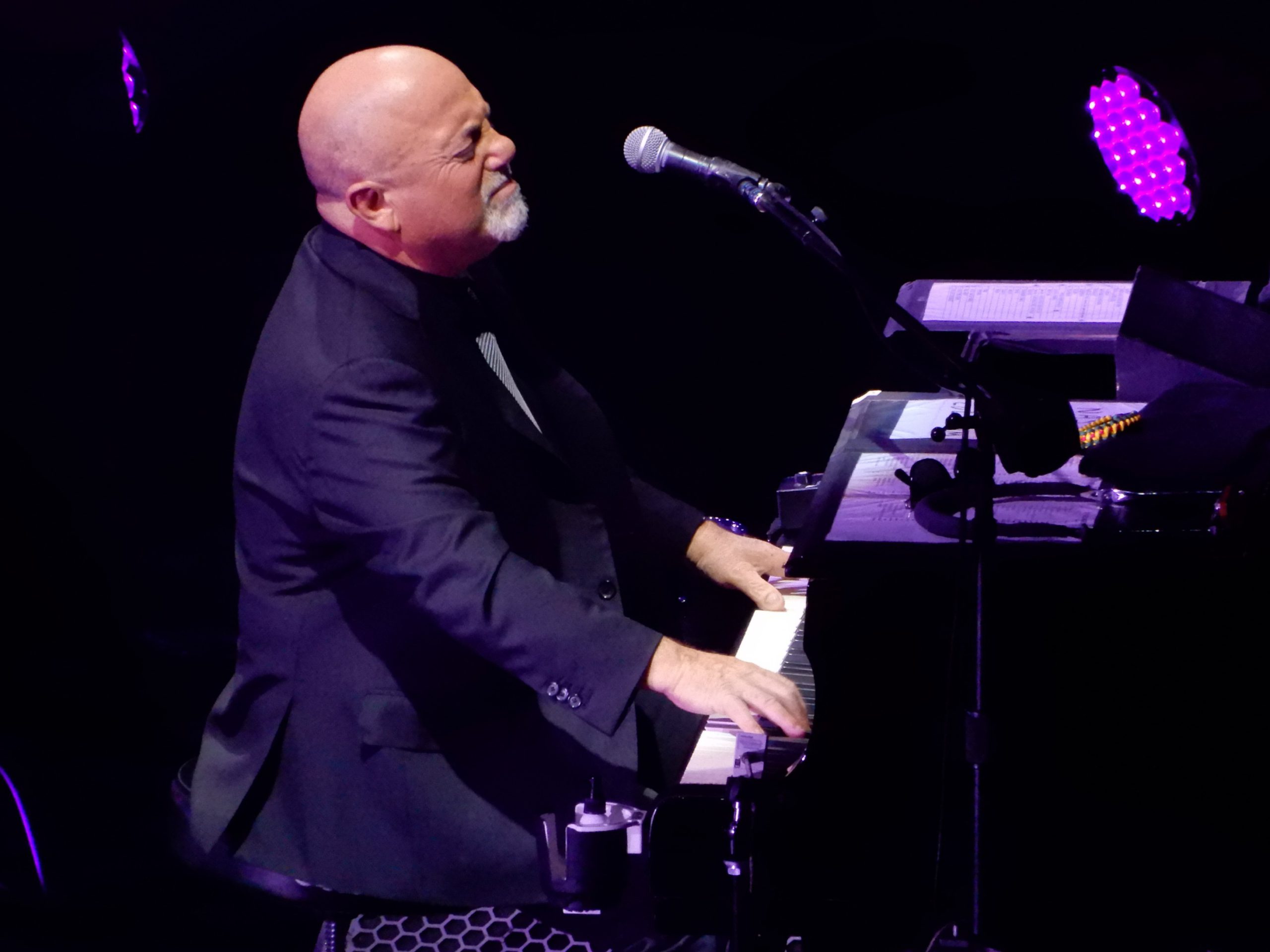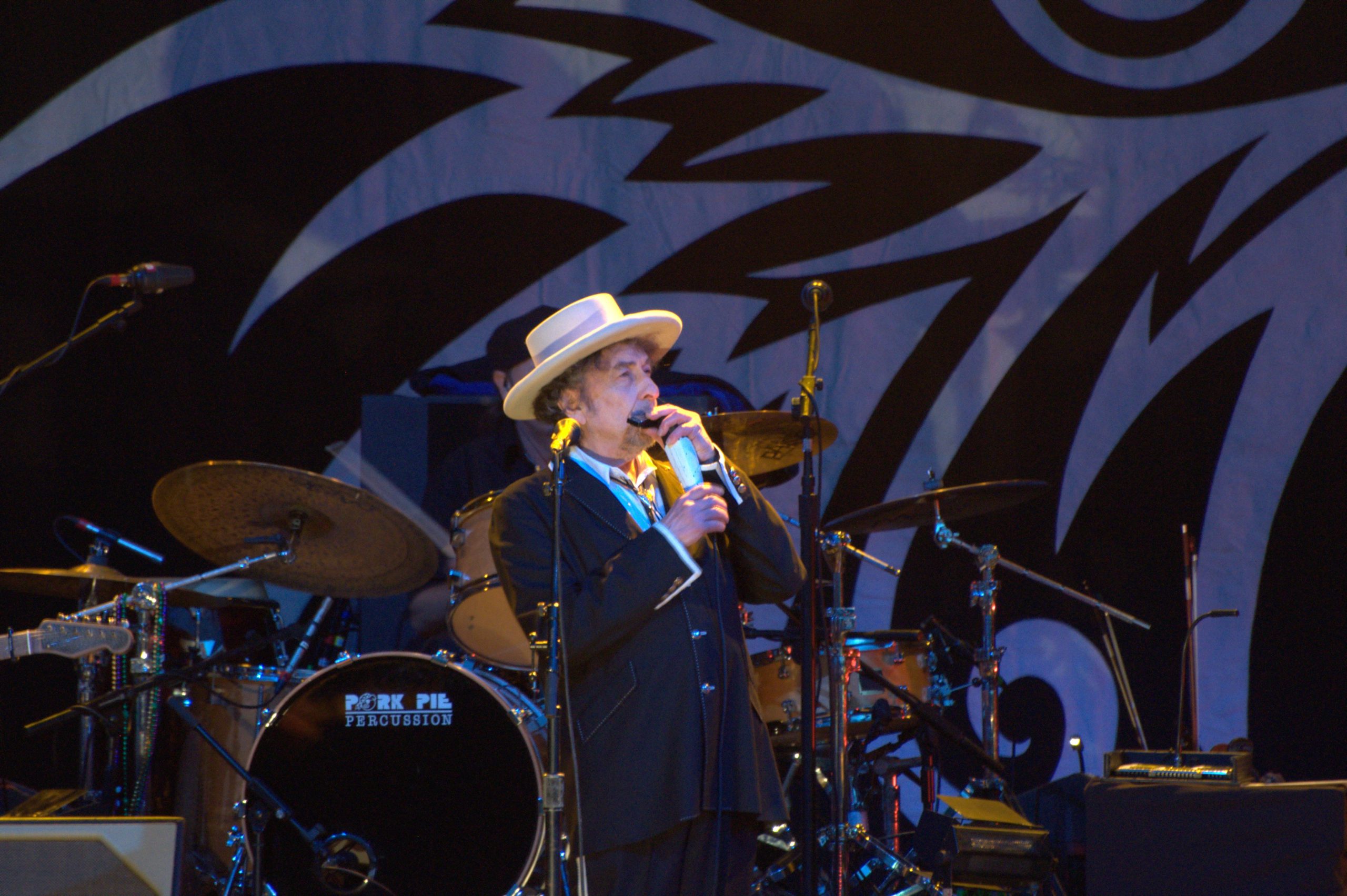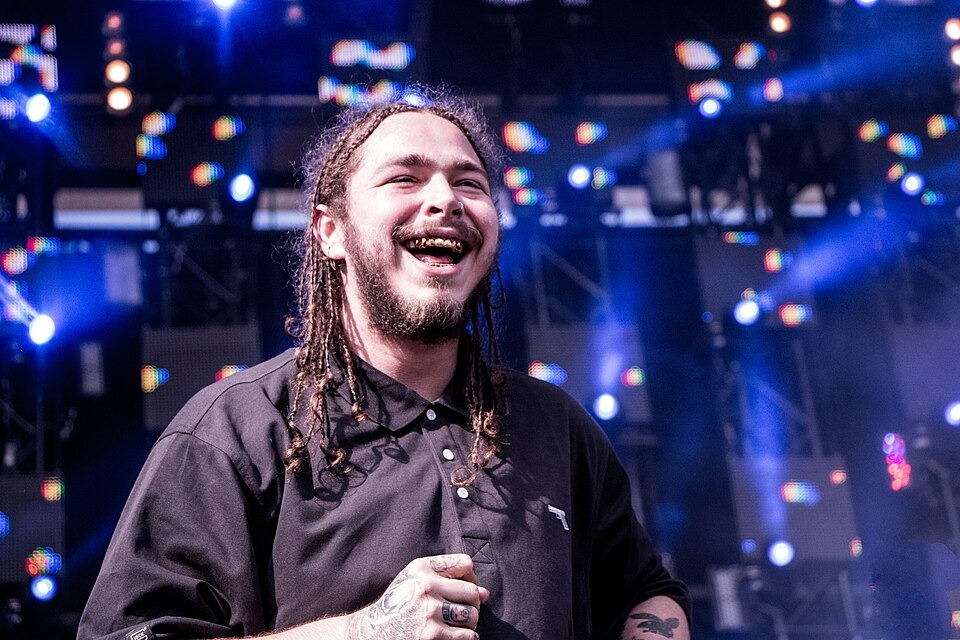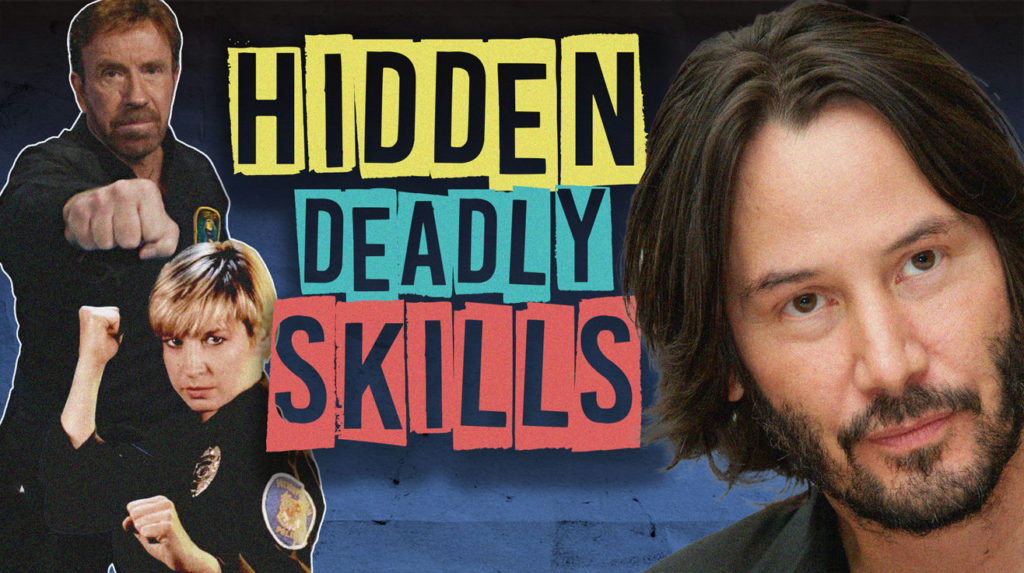
Most action films before the 1970s featured such unrealistic combat that viewers were left feeling unsatisfied with the experience. But then everything changed when a wave of trained martial artists brought their genuine fighting skills to the silver screen. These dedicated performers didn’t fake it – they showed audiences what real combat looked like by combining their incredible athletic ability with compelling dramatic storytelling. Thanks to their authentic techniques, a new standard for action sequences emerged that still influences how filmmaking works today.
The best part? This revolution didn’t just change how movies look – it completely transformed how audiences connect with and respond to them.
16. Bruce Lee

A 5’7″ man from Hong Kong forever changed the course of martial arts cinema and challenged Hollywood’s racial barriers. Trained under legendary Ip Man in Wing Chun, Lee later developed his combat philosophy called Jeet Kune Do. His famous one-inch punch demonstrated extraordinary power generation—like compressing a week’s worth of energy into a single second. The mechanics behind this technique still baffle physics professors today.
“Enter the Dragon” (1973) grossed over $400 million in today’s dollars, setting a new standard for fight choreography. Beyond performing, Lee trained celebrities including Steve McQueen and Chuck Norris, extending his influence throughout Hollywood. His philosophy blended elements from different fighting styles rather than sticking to tradition. Even decades later, when Keanu Reeves said “I know kung fu” in The Matrix, he was channeling Lee’s adaptability concept.
Lee was so fast that filmmakers often had to shoot at higher frame rates and slow down the footage. Otherwise, his movements would appear as blurs on screen. (And you thought your smartphone’s slo-mo feature was impressive.) His legacy continues to influence martial arts cinema, with his philosophical approach to combat transforming how fighters train worldwide.
15. Chuck Norris
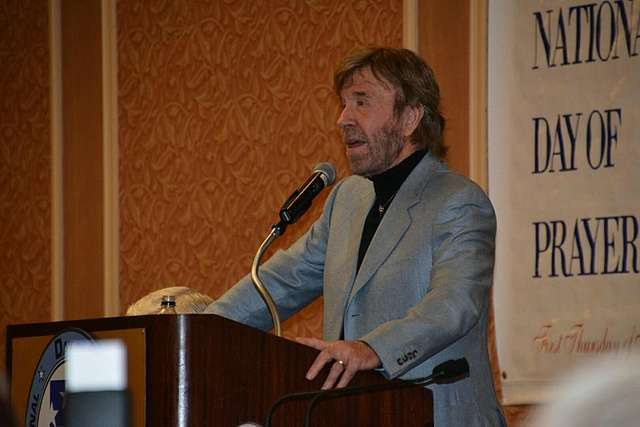
| License
Six consecutive world championships gave Chuck Norris the credibility to transform martial arts into mainstream American entertainment. His journey began during military service in South Korea where he studied Tang Soo Do before earning black belts in Taekwondo and Brazilian Jiu-Jitsu. His competitive record stands impressive, securing these championships between 1968 and 1974, establishing solid credentials before entering Hollywood.
His breakthrough came when Bruce Lee cast him as the formidable opponent in “Way of the Dragon” (1972). Their Colosseum fight scene remains one of martial arts cinema’s most analyzed sequences. Norris’s technical precision contrasted with Lee’s speed and fluidity—like watching a precision Swiss watch face off against a hurricane.
“Walker, Texas Ranger” later brought his fighting style to mainstream television for eight seasons. The show blended martial arts action with American Western themes. Behind the scenes, Norris insisted on realistic fighting techniques that stuntmen actually dreaded filming. (Those roundhouse kicks didn’t come with warning labels.)
14. Jackie Chan

When audiences grew tired of serious martial arts films, Jackie Chan’s innovative blend of combat and physical comedy breathed new life into the genre. His training at the China Drama Academy was intense—for ten grueling years, he studied traditional Chinese opera and martial arts. Chan developed a unique performance style emphasizing creative choreography, pioneering a more improvisational approach to fight scenes than Bruce Lee’s focused intensity.
Films like “Drunken Master” (1978) and “Police Story” (1985) showcased his environmental awareness. He incorporated everyday objects into complex fight sequences, a technique fight choreographers now call “environmental combat.” Chan performs dangerous stunts without wires or digital effects, resulting in numerous broken bones and close calls. His body has endured more damage than a smartphone without a case.
The “Rush Hour” franchise expanded his influence globally, grossing over $850 million worldwide. His chemistry with Chris Tucker demonstrated how martial arts could transcend cultural boundaries through humor. When asked about doing his own stunts, Chan famously quipped that Hollywood actors use stunt doubles for driving scenes while he uses them only for dialogue.
13. Jet Li
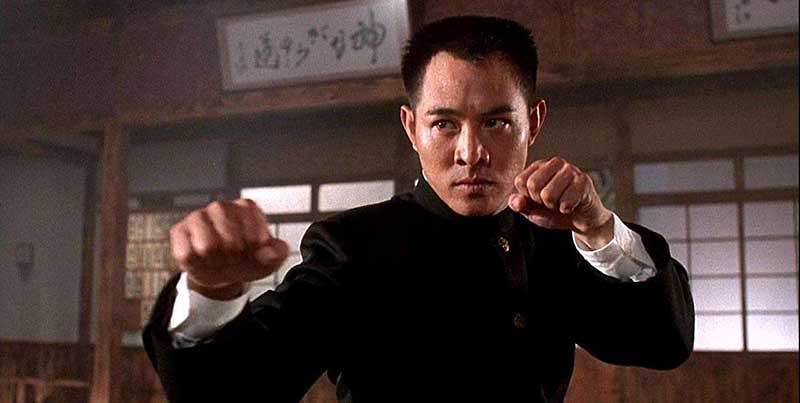
At just eleven years old, Jet Li became China’s national wushu champion, foreshadowing the technical perfection that would define his film career. His journey began at age eight with the Beijing Wushu Team, demonstrating exceptional talent from the start. Li won 15 gold medals in Chinese national championships before acting, establishing himself as one of the most decorated martial artists to enter cinema.
In films like “Shaolin Temple” (1982) and “Hero” (2002), he demonstrates precision rarely seen on screen. His movements have the surgical accuracy of someone trying to navigate a room full of sleeping cats without waking any of them. Unlike performers relying on camera tricks, Li’s techniques reflect his competitive background with each movement executed with textbook perfection.
His Hollywood transition introduced Western audiences to authentic Chinese martial arts through films like “Lethal Weapon 4” (1998) and “The Expendables” series. During filming of “Romeo Must Die,” producers reportedly had to ask Li to slow down his movements because regular speed cameras couldn’t properly capture his techniques. (And you thought your internet connection had buffering issues.)
12. Steven Seagal
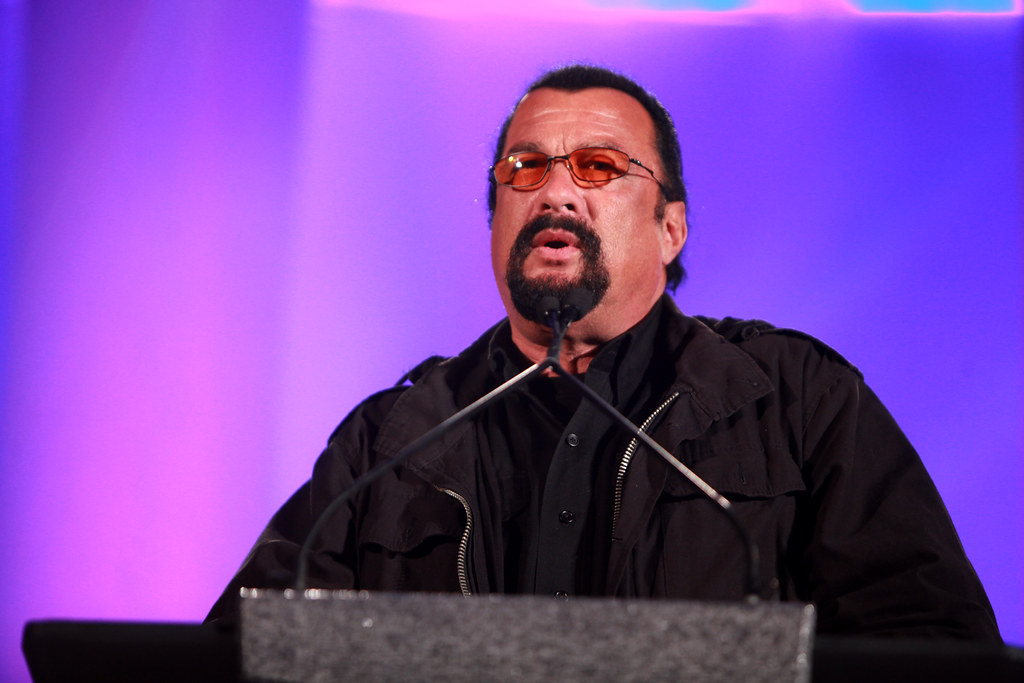
The flowing, circular movements of Aikido found their Hollywood showcase through Steven Seagal, the first Westerner to operate an Aikido dojo in Japan. His 7th-dan black belt under master Hiroshi Isoyama gave him unique credibility among action stars. Seagal’s fighting style in Above the Law (1988) and Under Siege (1992) contrasted sharply with the acrobatic kicks from other stars, emphasizing joint locks, throws, and wrist manipulations characteristic of authentic Aikido.
Fight choreographer Dan Inosanto noted, “Seagal brought completely different energy to screen fighting.” His approach showed how minimal movement could neutralize multiple attackers. While most action stars were jumping and spinning, Seagal barely seemed to move before opponents hit the floor. His techniques work like tax loopholes—using opponents’ own momentum against them.
His combat choreography emphasized strategy over spectacle, with fight sequences showing practical leverage application against larger opponents. This technical authenticity resonated with audiences, helping “Under Siege” gross over $156 million worldwide. During the filming of “Hard to Kill,” stuntmen reportedly dreaded working with Seagal as his insistence on authentic techniques meant they actually felt the painful joint manipulations. Why his more recent films, however, have him never getting up from his chair is up to you to puzzle out.
11. Cynthia Rothrock

In an era when women were relegated to damsel roles, Cynthia Rothrock shattered expectations with five world championships and fighting skills that intimidated male competitors. Before entering film, she dominated tournaments, winning over 100 competitions between 1981 and 1985. Unlike many actresses learning basic choreography, Rothrock holds black belts in Tang Soo Do, Taekwondo, Eagle Claw, Wu Shu, and Northern Shaolin—credentials that uniquely qualified her to lead action films.
Her Hong Kong debut in “Yes, Madam” (1985) alongside Michelle Yeoh established her significance as the first Western woman starring in Hong Kong action cinema. Film critic Bey Logan observed, “Rothrock’s skills were so impressive that Hong Kong directors treated her exactly as they would male stars.” In “China O’Brien” (1990), Rothrock performed all stunts and fight sequences without doubles, executing techniques with precision born from years of practice.
During one tournament before her film career, male competitors reportedly withdrew rather than face her. (Talk about the ultimate compliment.) Her performances inspired a generation of female martial artists, with UFC champion Rose Namajunas citing Rothrock as an influence. At martial arts conventions, Rothrock often demonstrates techniques on male volunteers twice her size, showing that proper technique beats raw strength.
10. Jean-Claude Van Damme

| License
For anyone who thinks flexibility doesn’t matter in combat, Jean-Claude Van Damme’s legendary splits and aerial kicks prove how ballet training created one of martial arts cinema’s most distinctive fighting styles. Before fame, he competed on the European karate circuit and won the Belgium championship, developing foundations for his later screen work. His breakthrough in “Bloodsport” (1988) showcased signature moves that would become his trademark.
Fight coordinator Pat Johnson noted, “Van Damme’s ballet background gave him unusual control over movements.” This allowed execution of spectacular techniques while maintaining proper form. His kicks were so precise they could thread a needle from across the room. Beyond physical skills, Van Damme brought European martial arts sensibilities to American cinema, with films like “Kickboxer” (1989) increasing Western interest in Muay Thai.
His later work in “JCVD” (2008) showed willingness to deconstruct his action star image, reflecting on personal costs of fame and struggles. Van Damme’s infamous split between two moving trucks in a Volvo commercial went viral years after his prime, proving his flexibility remained intact despite aging. (Meanwhile, most people his age struggle to put on socks without pulling a muscle.)
9. Donnie Yen
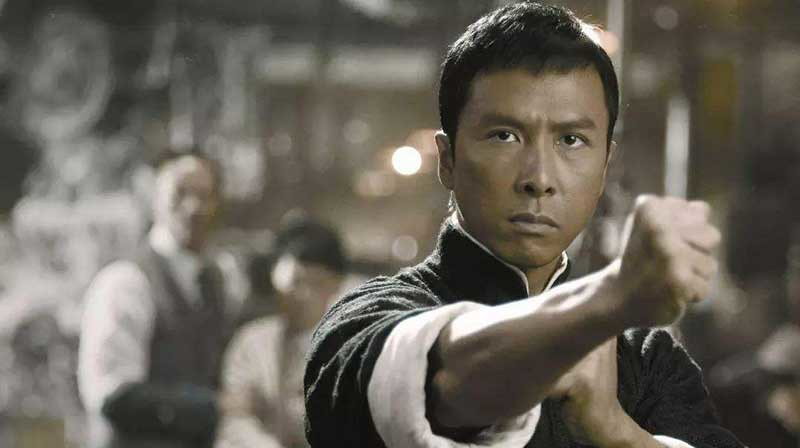
Wing Chun, Tai Chi, boxing, kickboxing, and gymnastics converge in Donnie Yen, arguably the most technically versatile martial artist in modern cinema. Trained from childhood by his mother, Bow-sim Mark—a renowned Wushu grandmaster—Yen developed exceptional foundations few actors can match. His formal training creates a comprehensive skill set rarely seen in cinema, allowing him to move between different martial arts styles with the ease most people switch between TV channels.
In the “Ip Man” series (2008-2019), he showcased authentic Wing Chun with unprecedented speed. Action director Yuen Woo-ping observed, “Donnie bridges classical martial arts and contemporary screen action better than anyone else.” As choreographer on “Flash Point” (2007), Yen pioneered integrating MMA techniques into traditional cinema, reflecting combat sports evolution.
When joining “Star Wars” as Chirrut Îmwe in “Rogue One” (2016), he brought martial arts philosophy to a global franchise, helping design a fighting style based on blindfolded sensitivity training from traditional Chinese arts. During filming of “Ip Man 2,” Yen reportedly knocked out a champion boxer who accidentally hit him too hard during a choreographed sequence—the production paused while the boxer recovered.
8. Tony Jaa
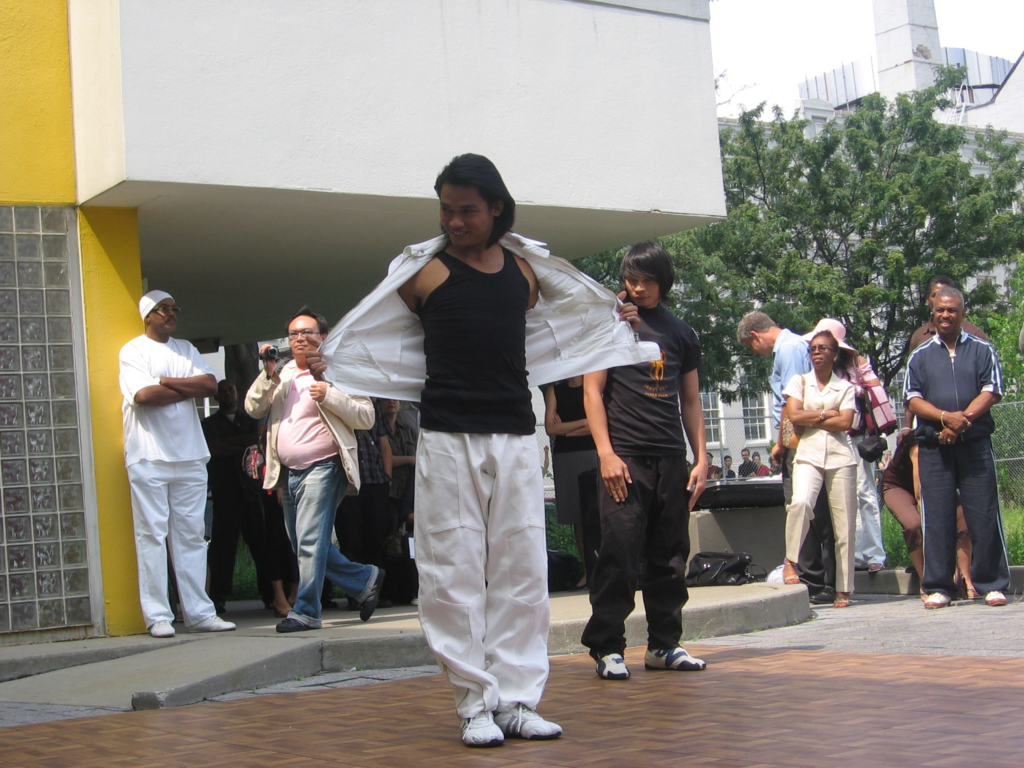
When CGI and wire work threatened to make martial arts cinema artificial, Tony Jaa’s raw Muay Thai skills and refusal to use special effects restored authenticity to the genre. Growing up in rural Thailand, he studied traditional Muay Boran under master Panna Rittikrai while watching Bruce Lee and Jackie Chan films. Unlike many action stars, Jaa performs all stunts without wires, doubles, or CGI, bringing raw authenticity to his performances.
His international breakthrough “Ong-Bak” (2003) featured astonishing sequences, including a standout tracking shot showing Jaa running across enemies’ shoulders in a crowded bar. Quentin Tarantino called this “one of the most remarkable action sequences ever filmed.” The film elevated Muay Thai’s global profile, with training enrollments increasing 30% internationally after its release.
In “The Protector” (2005), his famous four-minute single-take staircase fight is considered a landmark in action choreography. The sequence reportedly required over thirty attempts to complete perfectly, with several stuntmen replaced due to exhaustion. During promotional tours, directors often brought measuring tapes to prove to skeptical reporters that his jumps weren’t camera tricks.
7. Michelle Yeoh

A background in ballet rather than combat gave Michelle Yeoh the body awareness to master complex fight choreography faster than trained fighters. Though not formally trained in martial arts during childhood, her dance training provided exceptional control. Her unconventional path demonstrates how transferable skills enhance martial arts performance, with her breakthrough alongside Jackie Chan in “Police Story 3: Supercop” (1992) featuring dangerous stunts, including jumping a motorcycle onto a moving train without helmet or safety equipment.
Legendary choreographer Yuen Woo-ping said, “She absorbs complex sequences faster than trained fighters.” Her dance background gives exceptional spatial awareness and timing. While most people struggle remembering a four-digit PIN, Yeoh memorizes hundreds of complex movements for each film. In “Crouching Tiger, Hidden Dragon” (2000), her sword fighting scenes showcased technical execution with emotional storytelling.
The film grossed $213 million worldwide and won four Academy Awards, elevating Chinese martial arts cinema to unprecedented international prestige. During filming of “Everything Everywhere All at Once” (2022), younger co-stars reportedly struggled to match her stamina. At 59, she performed complex action sequences that exhausted performers half her age.
6. Wesley Snipes

| License
Growing up in the tough neighborhoods of the Bronx, Wesley Snipes found discipline through martial arts, eventually earning black belts in Shotokan Karate and Hapkido before bringing those skills to Hollywood. He later studied capoeira and various weapon arts to expand his repertoire. Unlike actors learning basic choreography, Snipes’s extensive background allows incorporating genuine techniques into performances.
In the “Blade trilogy” (1998-2004), which grossed over $400 million worldwide, he performed complex fight sequences integrating multiple styles. Fight coordinator Jeff Ward noted, “Wesley understands mechanics behind moves,” allowing him to adapt sequences on set for greater authenticity. His training during filming included daily stretching, kata practice, and weapon drills—Snipes handles swords with more comfort than most people handle their smartphones.
He influenced action cinema by incorporating African fighting arts, particularly in “Blade II” (2002), bringing elements of capoeira into mainstream Hollywood. When filming “Demolition Man,” co-star Sylvester Stallone commented that Snipes was the only actor who genuinely intimidated him physically. (High praise from Rocky himself.) Beyond performing, Snipes promotes martial arts education through his security company, offering training programs in practical self-defense.
5. Michael Jai White
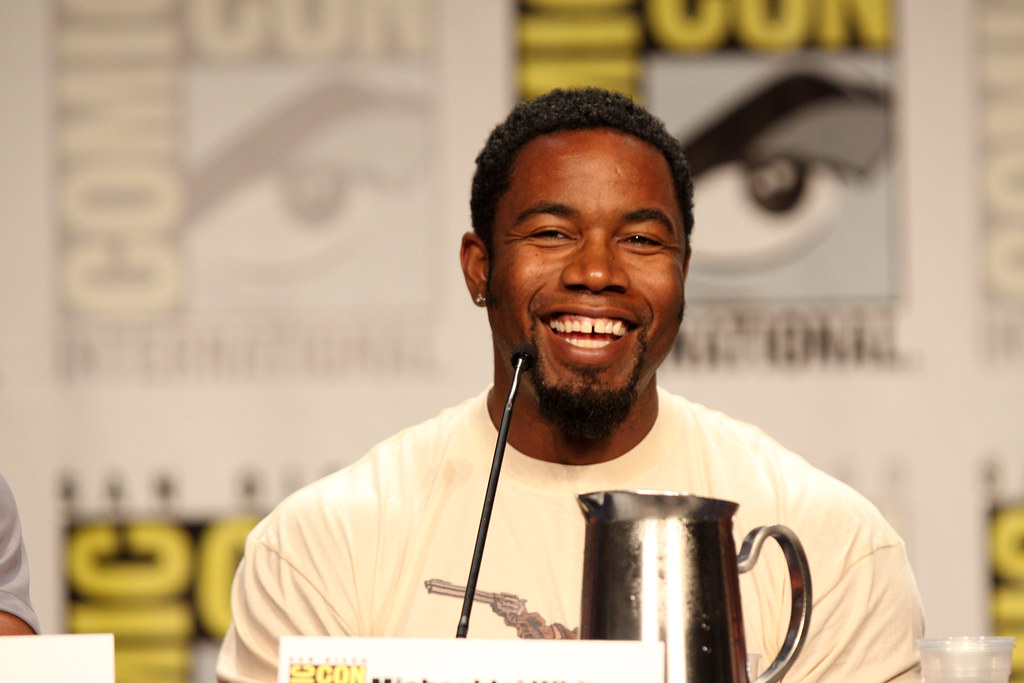
Eight black belts from Shotokan to Kyokushin Karate make Michael Jai White the most formally qualified martial artist in Hollywood, starting his training at just seven years old. This unprecedented achievement demonstrates dedication to martial arts as both art and science. His technical range shows in films like “Blood and Bone” (2009), where White performs techniques from multiple systems with competition-level precision.
Fight coordinator J.J. Perry observed, “Michael executes complex combinations with perfect form at full speed.” While most people struggle committing to a single streaming service, White mastered eight complete fighting systems. In “Undisputed II” (2006), his fight scenes against Scott Adkins feature genuine karate techniques rarely executed correctly in cinema, with White reportedly correcting choreographers on technical details of obscure martial arts systems.
As the first African American portraying a major comic book superhero in “Spawn” (1997), he combined martial arts with character development. On the set of “Never Back Down 2,” which White also directed, he demonstrated a technique on a stuntman who thought White wasn’t applying full power. After the perfectly controlled demonstration left the stuntman gasping, White simply said, “That was 60%.”
4. Scott Adkins
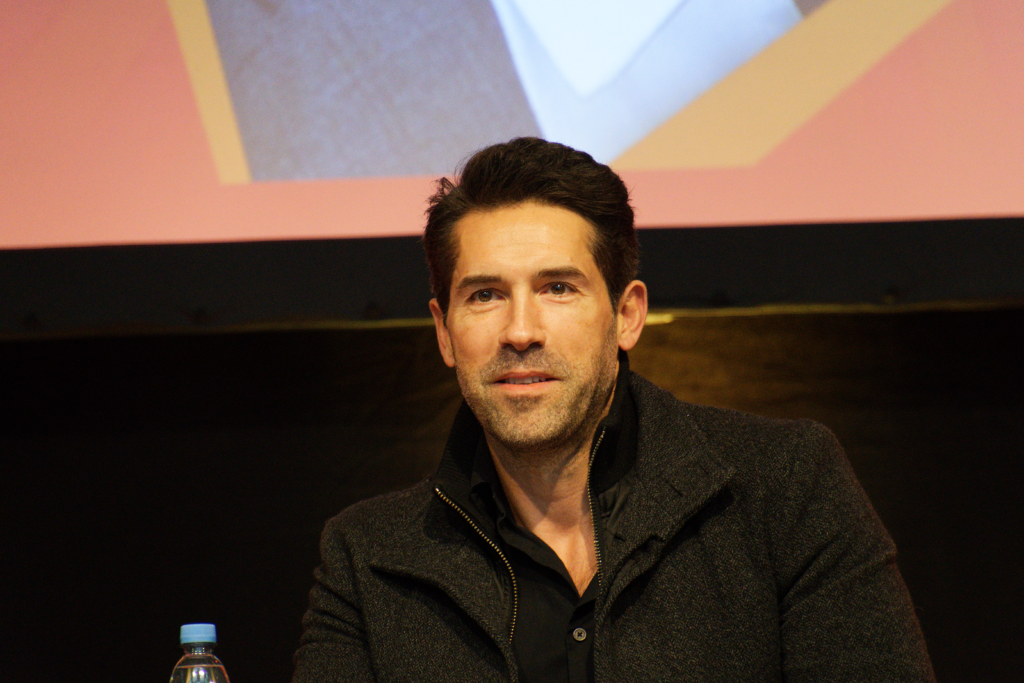
For martial arts purists disappointed by CGI-enhanced action, Scott Adkins delivers the rare combination of classical training and competitive experience that makes every technique believable. Beginning with Taekwondo at age ten, Adkins later expanded into Kickboxing and Judo while studying gymnastics. This combination developed aerial awareness and flexibility showcased in his signature “360-degree flying triangle kick” that became his trademark in action films.
His portrayal of Yuri Boyka in “Undisputed II” (2006) established a new standard for martial arts authenticity in direct-to-video action films. Fight choreographer J.J. Perry noted, “Scott can perform techniques that would normally require camera tricks.” This makes him invaluable for directors seeking realism. His fight scenes against Donnie Yen in “Ip Man 4” (2019) are studied by martial artists for technical precision—Adkins performs kicks most people couldn’t do in zero gravity.
Though often overlooked for mainstream Hollywood roles, Adkins’s technical demonstrations have garnered millions of views, with many martial arts instructors using his performances as teaching examples. During filming of “Ninja: Shadow of a Tear,” Adkins reportedly performed a 720-degree kick after multiple takes, refusing to let stunt doubles complete the difficult move. The crew gave him a standing ovation.
3. Jason Statham
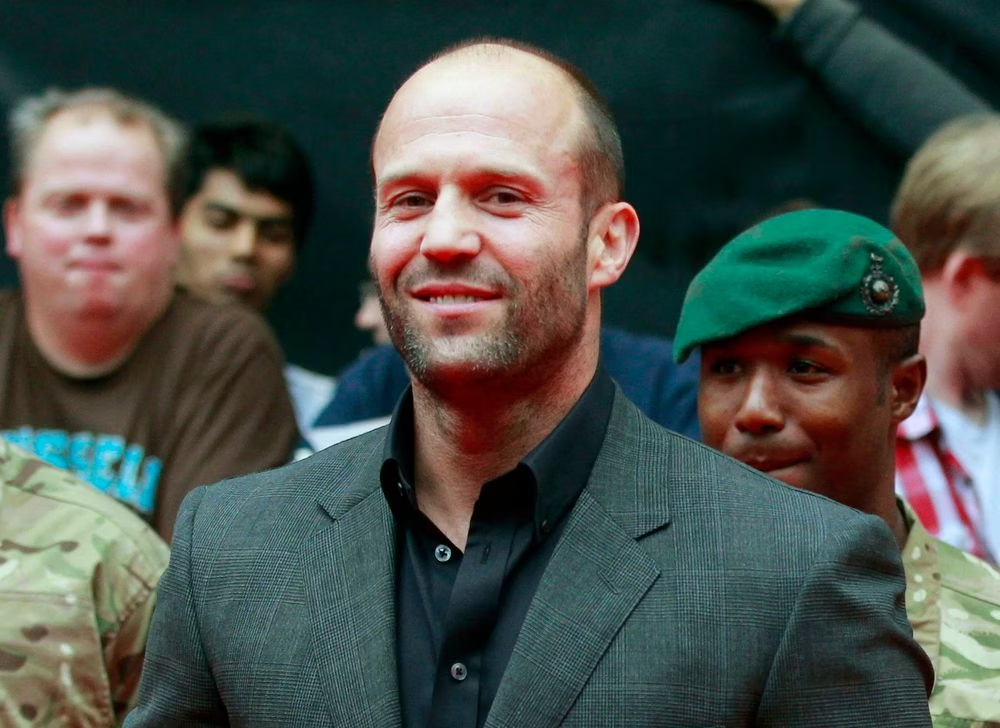
Twelve years on Britain’s national diving team gave Jason Statham the body control and aerial awareness that make his practical, street-fighting approach to action scenes distinctively authentic. His combat training focuses on practical application rather than tradition, studying kickboxing, Brazilian Jiu-Jitsu, and Filipino Kali with emphasis on real-world effectiveness. Unlike performers showcasing elaborate techniques, Statham’s style emphasizes efficiency and brutality.
In the “Transporter” series (2002-2008) and “Crank” (2006), fight coordinator Corey Yuen noted, “Jason wants everything to look like it would actually work.” His background in street fighting before film informs this approach, prioritizing effectiveness over aesthetics. He fights with the practicality of someone who’s actually had to use these skills outside controlled environments, and performs most stunts and fight sequences himself.
While filming “Expendables 3,” Statham nearly drowned when a truck stunt went wrong and sent him plunging into the Black Sea—he swam to safety himself despite heavy boots and clothing. Though not formally ranked in traditional arts, his practical skill set has earned respect from professional fighters. UFC champion Michael Bisping called him “legitimately tough” after training sessions.
2. John Cusack
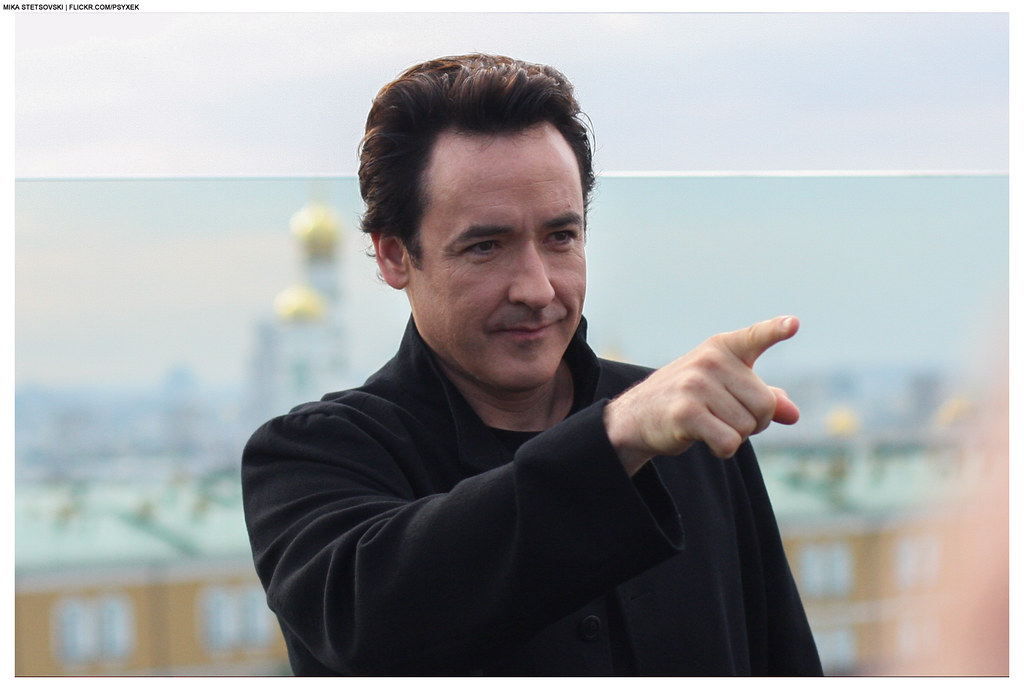
Behind the sensitive eyes of rom-com star John Cusack lies a sixth-degree black belt in Ukidokan Kickboxing earned through 20+ years of dedicated training. While preparing for “Say Anything” (1989), Cusack began studying kickboxing to portray a believable fighter. He continued training long after filming concluded. Unlike actors training briefly for specific roles, Cusack maintains a serious practice regimen, training up to five days weekly at Urquidez’s dojo.
His instructor noted, “John doesn’t train like a celebrity; he trains like a fighter.” This dedication appears in films like “Grosse Pointe Blank” (1997), where fight sequences feature technically sound movements rarely seen from dramatic actors. Finding Cusack at a martial arts dojo is as unexpected as discovering Mozart at a heavy metal concert. Cusack’s approach reflects his intellectual nature, studying philosophical aspects of combat alongside physical techniques.
During a promotional event for “The Ice Harvest,” a martial arts demonstration was unexpectedly added to the schedule. Witnesses reported shock at Cusack’s technical precision when he reluctantly demonstrated his skills. One observer commented that Cusack looked more natural executing complex kickboxing combinations than he did acknowledging the subsequent applause.
1. Keanu Reeves
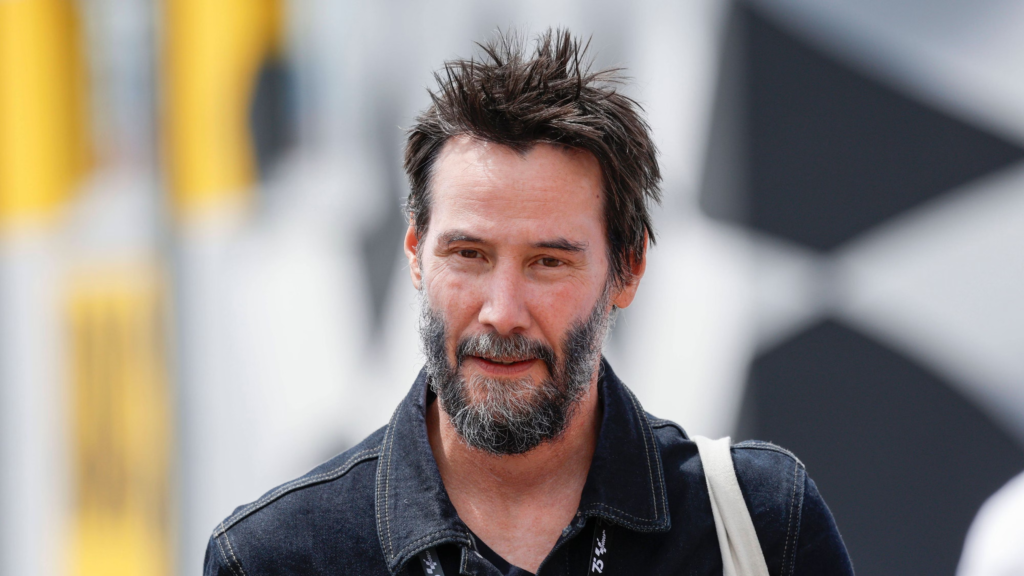
When action sequences demand authenticity, Keanu Reeves commits to thousands of training hours in multiple disciplines, creating the foundation for revolutionary franchises like The Matrix and John Wick. For “The Matrix” (1999), Reeves underwent four months of intensive training while recovering from neck surgery. This experience sparked ongoing dedication that defined his later career.
For the “John Wick” franchise (2014-2023), Reeves trained three times daily in Judo, Brazilian Jiu-Jitsu, and tactical firearms. Director Chad Stahelski, a former stuntman, noted, “Keanu trains at a level that would qualify him as a professional stunt performer.” His preparation involves mastering complex sequences combining multiple fighting styles with weapon handling. Often performing continuous takes lasting several minutes, Reeves’s dedication makes average workout routines look like casual stretching.
His influence extends beyond performances to production practices, with his insistence on realistic training establishing new standards for action film preparation. Speaking of action films, here are 20 that you might want to watch this weekend.







